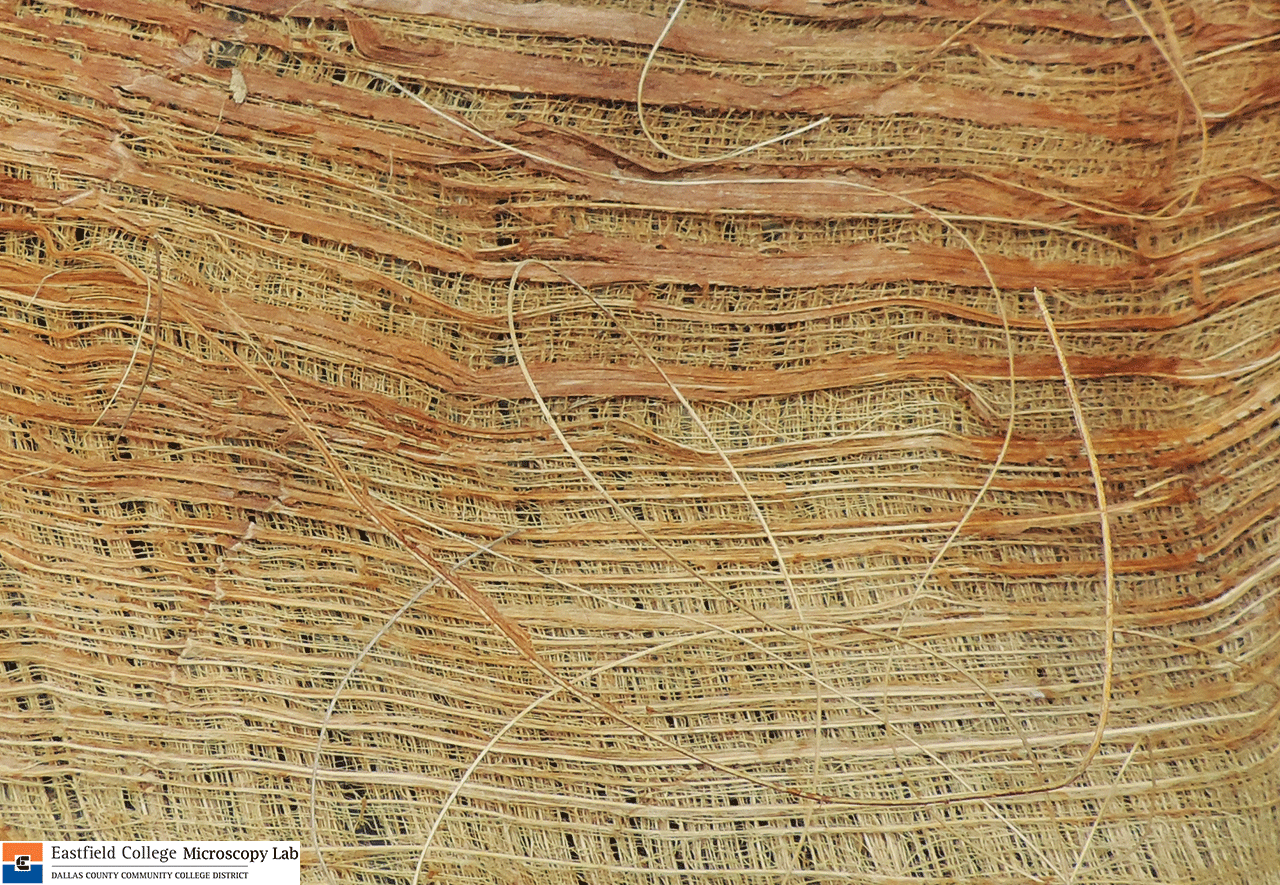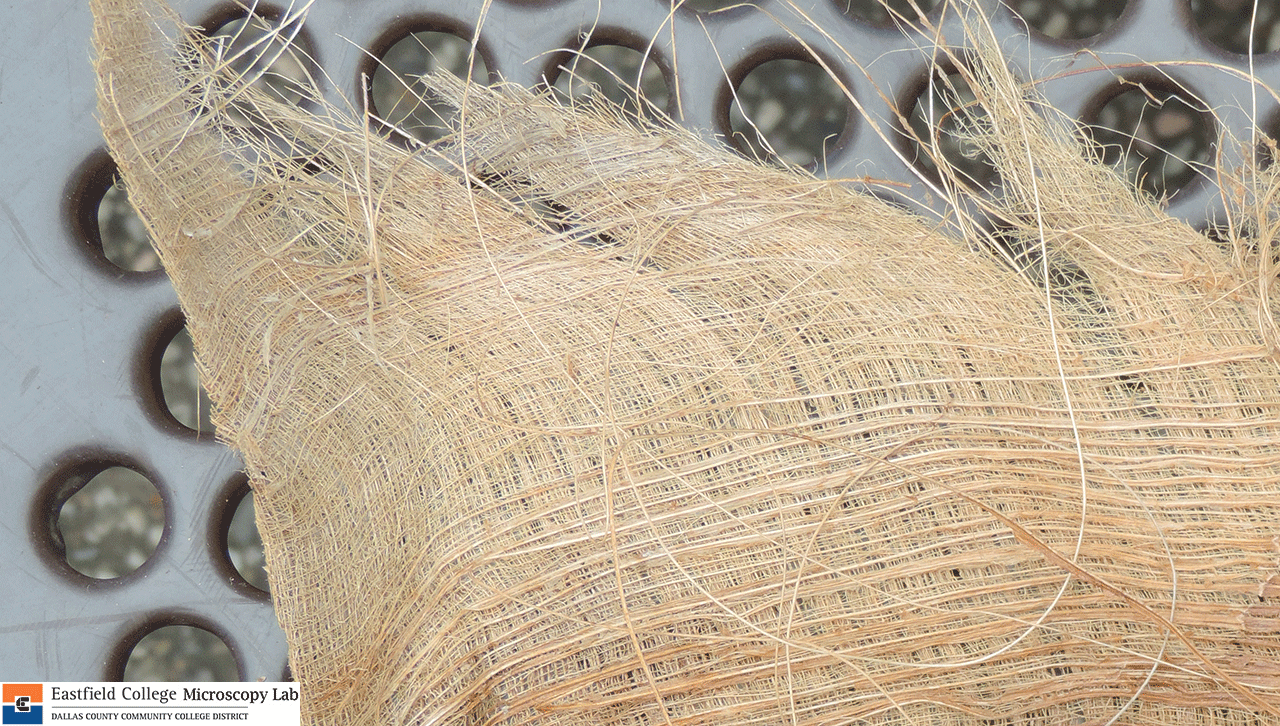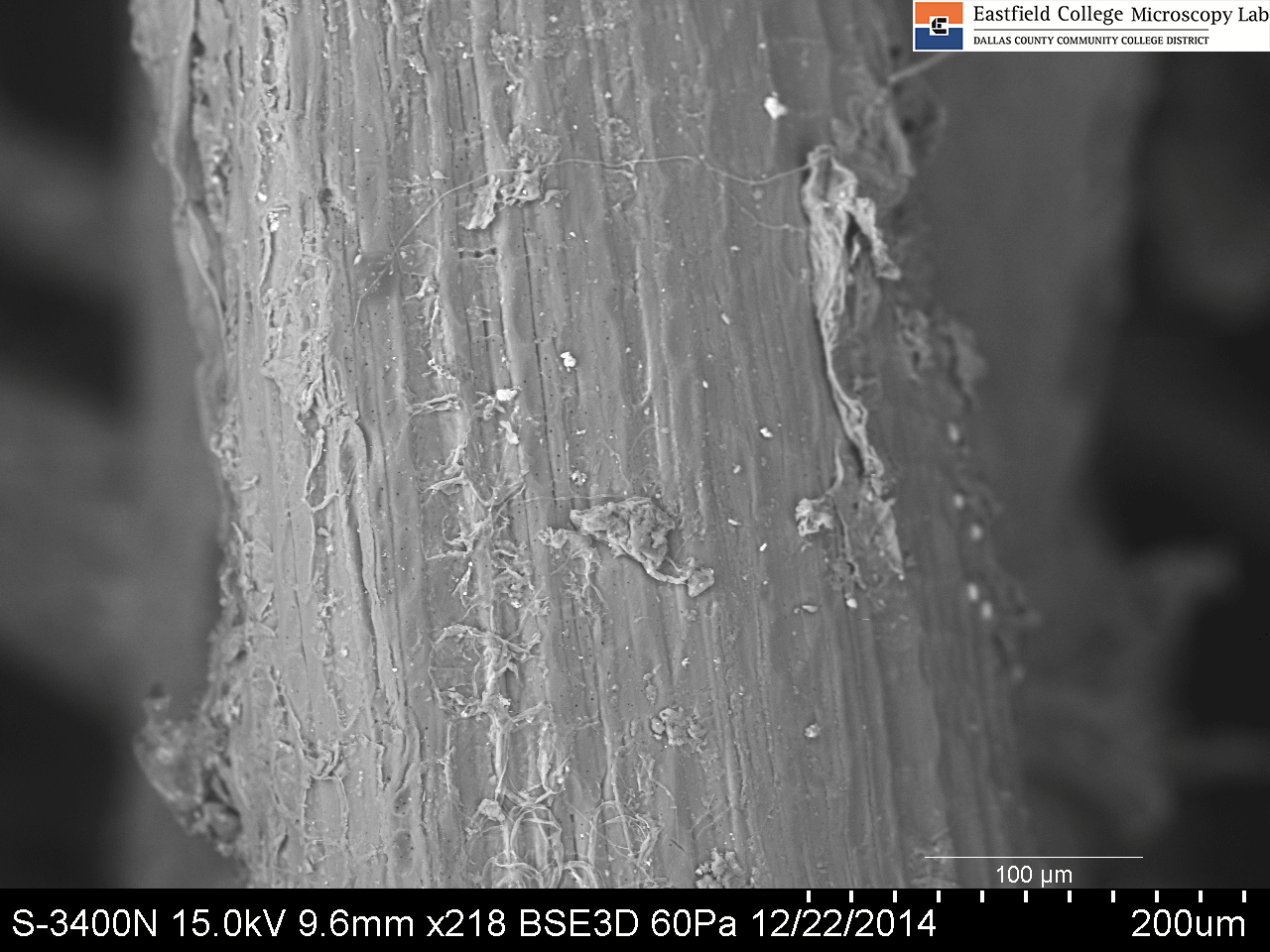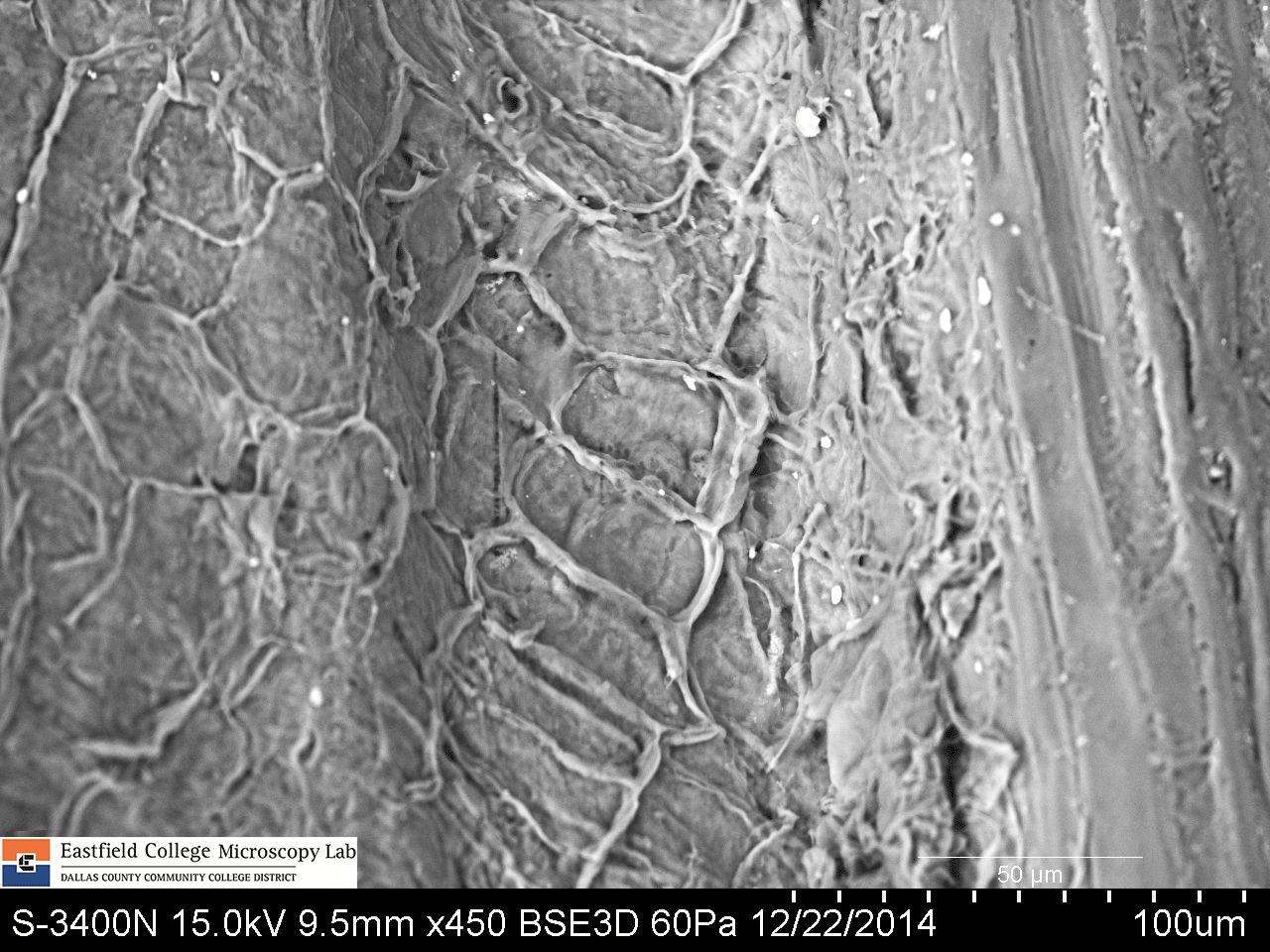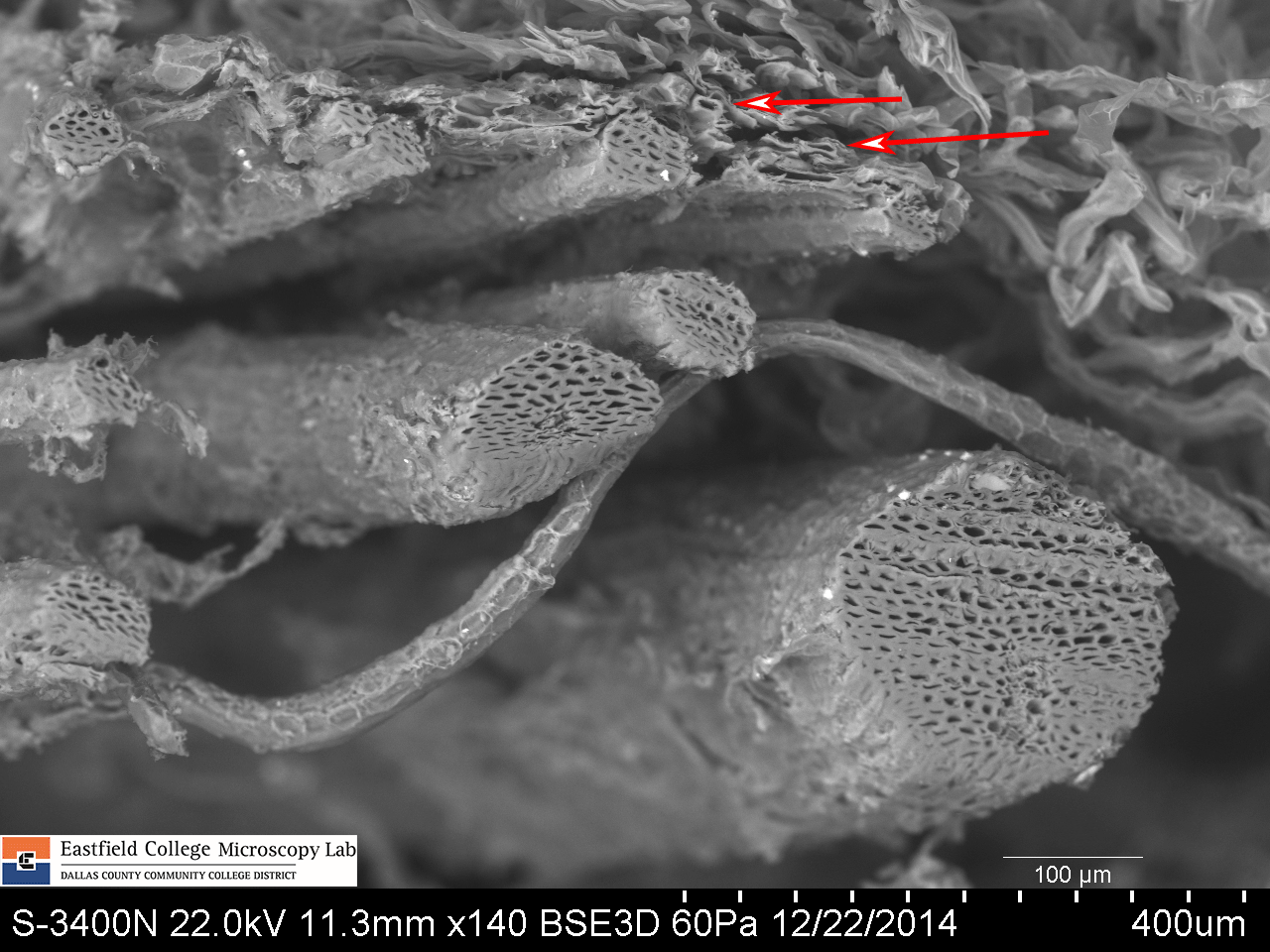 |
| Solenopsis invicta Buren - The red imported fire ant. |
 |
| A head-on view showing the jaws and teeth. I like the next image more, but lots of people who visit the lab seem to really like this one. |
 |
| Head view showing some of the diagnostic characteristics used to identify the red imported fire ant. |
My lab recently
began a project to collect and catalog all of the species of ants in several
counties in eastern Texas. As a result,
I spend a lot of time hunting for and watching ants.
In Texas we have a
big problem with the red imported fire ant, Solenopsis
invicta. Fire ants bite and sting.
When disturbed they give off an alarm pheromone and go crazy. They grab hold of your skin or clothes with
their jaws to get the leverage they need to jab their stinger into you. Find yourself standing in the wrong place and
you can have a rather unhappy experience.
(In one case I was watching some beetles mating on a flower and was
standing on a fire ant mound. They let
me know about it.)
In February and
March my students and I began developing methods for using baited traps for our
research, and the only ants that were active in late winter/early spring were
fire ants. They were great for our experiments.
We didn’t disturb their mounds because we wanted to take advantage of their
normal foraging behavior. Leaving the
mounds alone and taking a second to look before I put my hands and knees down
pretty much eliminated getting stung. Duh!
The fire ant is a
classic example of an invasive species, a non-native or alien species in an
ecosystem which causes economic harm, environmental harm, or harms human
health. (1) Introduced into the United States through Mobile, Alabama in the
1930s, these little ants have spread to nine states, covering 260 million
acres. (2)
Fire ants cause
lots of problems. They pile into electrical boxes, displace other ant species,
kill small animals, make a certain proportion of some crops unharvestable by
combine, and aggressively defend their territory, even if you are the one who
owns that territory. For the 1% of the human
population that is hypersensitive, they can be a major health problem. (2, 3)
But I would like to
stand up for the fire ant just a little.
It is not the demon menace sent here to make our lives miserable; it is
doing exactly what it is supposed to do – competing with other species for
available resources in the environment and passing its genes on to the next
generation.
Think about that first
fire ant colony that got accidentally (I hope) shipped into Alabama. No species is simply going to say “Oops! I don’t belong here so I am just going to
stop eating and stop breeding.” They are
going to fight to survive by competing for what they need and spreading into
any new habitats that will support them. That is how species survive. It is, by the way, exactly what humans do,
too.
But what about all
of the other species that fire ants have displaced or adversely affected in
some way? Isn’t it unfair and that these
mean old fire ants came and replaced them?
It isn’t a matter
of fair or unfair – it is natural selection.
Limited resources mean that the species that most successfully competes
for those limited resources survives.
There is no fair or unfair in nature; there is only survive or go
extinct.
Why are invasive
species so bad? They are bad because we
humans have officially and legally said so. It is very much like the difference between a
weed and a wildflower. If it is growing
in a field, a plant with a pretty flower is a wildflower, but if it is growing
in your yard and sticking up out of the grass, it is a weed.
Look back at the
description of an invasive species and notice that it involves three things – harm
to the economy, human health, or the environment. The first two are directly
related to the effect that any species has on us. And harm to the environment? Fire ants do decrease biodiversity, but they
are not an oil spill or a destroyed nuclear reactor. They don’t kill and displace everything. They
interact with the other organisms in their environment, for good or bad.
It is also
important to remember that for millions and millions of years, species have
been moving from one ecosystem to another, sometimes across thousands of miles
of ocean. The competition between native
species and invading species is as old as life.
Successful invading species become native species. (4)
But I suspect that
the main reason that most people don’t like invasive species is because humans
don’t like change. In fact, we downright
hate change. Why can’t things just stay
the way they always were? If you are
talking about living things remember – to stay the same is the very best way to
go extinct.
Until I started
this research, like most people in our area, I would have told you that I hated
these little suckers, but I am slowly changing my mind. I am not saying that I like fire ants or am
even the slightest bit happy about sharing my environment with them, but I do greatly
admire their adaptability.
 |
| The business end of the fire ant - the stinger. |
 |
| The stinger of the fire ant magnified 1000 x. Notice the backward facing barbs on the stinger. Ouch!! |
 |
| The 10 segments of the fire ants antenna. |
References:
(1) What is an invasive species? (2012, November 18). Retrieved May 5, 2015, from National Invasive Species Information Center website: http://www.invasivespeciesinfo.gov/whatis.shtml
(2)
History of the red imported fire ant. (n.d.). Retrieved May 26, 2015, from
(3) [University of
Florida]. (n.d.). Retrieved May 26, 2015, from Featured Creatures website:
(4) de Queiroz, A.
(2014). The monkey's voyage: how improbable journeys shaped the history of life. New York, NY: Basic
Books.




